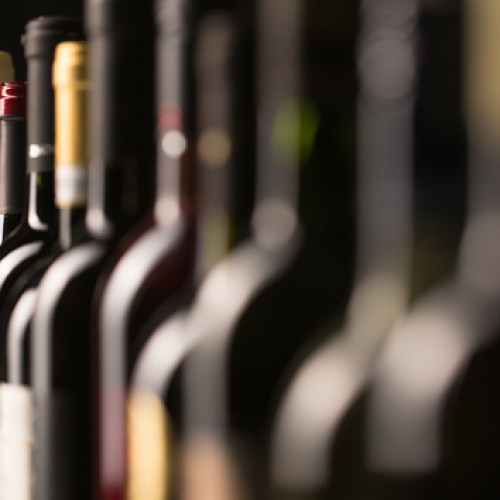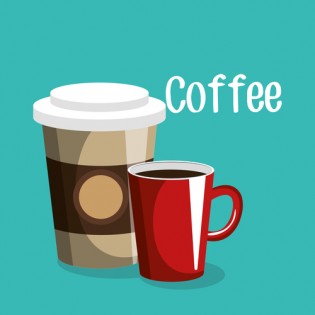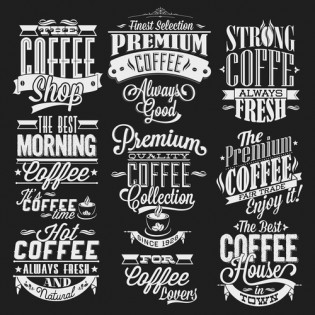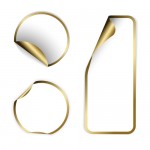Not everyone shopping for a bottle of wine is fortunate enough to be a seasoned wine connoisseur. As such, most wine shoppers simply seek an assurance that the product purchased will be worthwhile. In order to do this, many buyers rely on visual appeal, and the product that jumps out is the one that gets picked. So, how can you make sure that your wine label has this effect on wine buyers? Consider these four major components that should influence your chosen design:
Aesthetics
We all want to buy products that make us happy, and make us want to take them home with us. These are products that have great aesthetic appeal standing out from a sea of similar items. Your design will perform well if it features imagery that elicits a positive response from your potential customers.
They do not necessarily have to be wine-related; in fact, many popular designs focus on things that bear no association whatsoever with wine or any other drink for that matter. Think of something that relaxes you, something that you would long to experience while winding down after a day full of activity. If you can translate that thought into an image – well, you have yourself a design concept.
Information
Wine labels should contain pertinent information about the production of the particular wine. So much can be said about this, and the point to note is that a cluttered label will have the exact opposite effect of what you want to achieve. Pay particular attention to important details such as the food pairing information as many consumers have been shown to appreciate this, and are more likely to buy a bottle containing this information as opposed to one that does not. This information could also be displayed in image form to avoid cluttered labels.
History
The most renowned wine varieties always give a brief background about their origins and as a result, buyers have come to expect this kind of heritage information on the labels. There is usually a correlation between the choice of labeling material, the font chosen, the design and the geographical origin of the particular variety of wine. Go a step further and give a brief overview on the reason behind the choice of name and keep your reader entertained while you are at it.
Theme
Always assign a theme for the type of wine being branded. Is it an old-time variety in honor of times past or a classic that never goes out of style? Is it a whimsical wine meant to celebrate fun times together with close friends or something new, modern and vibrant? Communicate these details in the colors you choose, as well as the typography, the label size and even its positioning on the labels.
The four components discussed earlier should be interwoven into one clear and flawless label design to ensure that your brand of wine gets picked by buyers as much as possible. Invest in high quality label materials that will not smudge or run, even when the bottle is placed in a high moisture setting or when condensation happens. Taking these factors into consideration and partnering with an experienced label printing company will see you make your wine brand a household name in no time!







